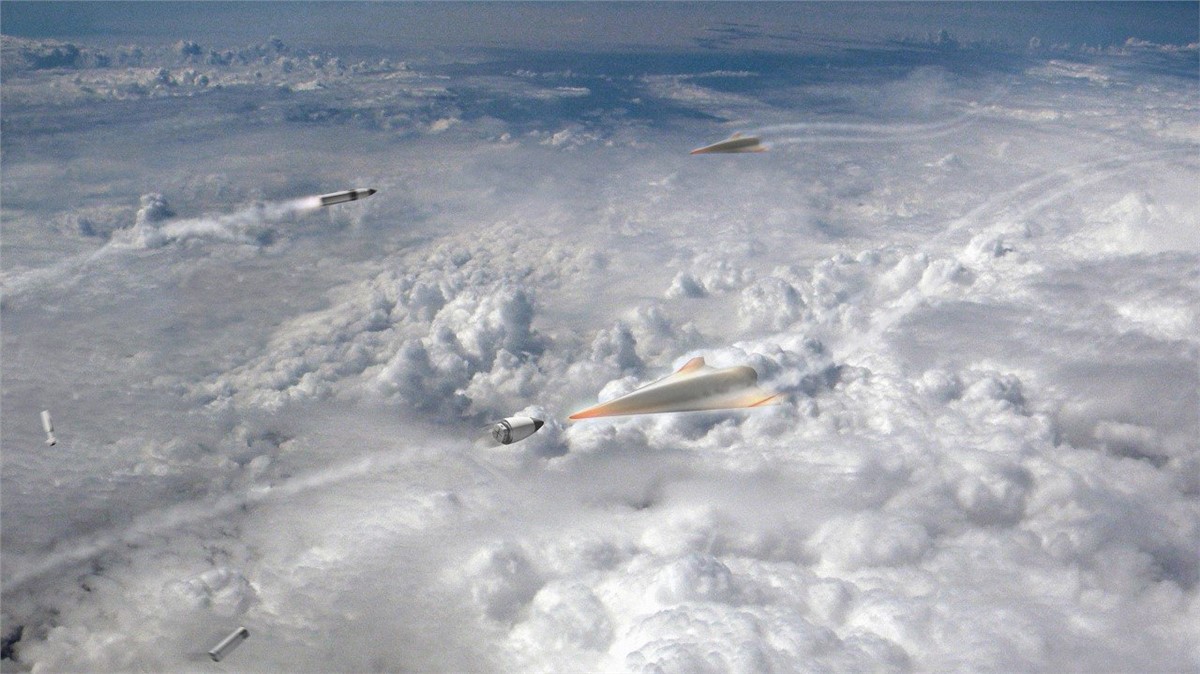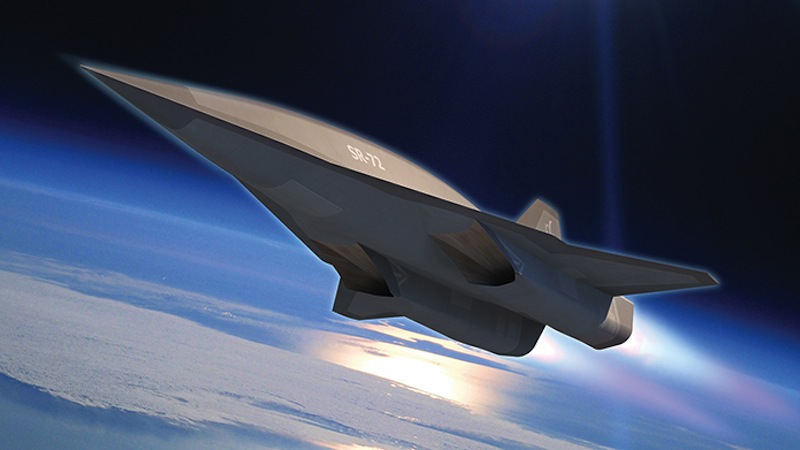DARPA's 'Glide Breaker' hypersonic missile interceptor program enters new phase
The program next seeks 'wind tunnel and flight testing' to deal with coming hypersonic threats.

A U.S. military proposal to blast hypersonic weapons out of the sky is entering a new phase.
The program, a "hypersonic defense interceptor" system called Glide Breaker, aims to counteract highly maneuverable weapons zooming through the upper atmosphere at speeds of at least Mach 5. (Mach 1 is the speed of sound; "hypersonic" generally refers to vehicles traveling at least five times that fast.)
Now the U.S. Defense Advanced Research Projects Agency (DARPA) is ready for Phase 2 of the program, which was first announced in 2018. The agency is seeking proposals "to conduct wind tunnel and flight testing of jet interaction effects," DARPA officials announced on April 15.
"The primary deliverable for Phase 2 is a data set from the wind tunnel and flight tests that enables validation of models and informs future design activities," DARPA said in its broad agency announcement, which provides guidance to potential suppliers.
Related: The most dangerous space weapons concepts ever

A major goal of Phase 2 involves further developing a "divert and attitude control system" (DACS), which allows an "interceptor kill vehicle" to target hypersonic missiles in flight. The first phase did not consider effects such as hypersonic air flows, nor plumes from the control system, DARPA officials noted.
Participants in Phase 1 of the program included, at the least, Northrop Grumman (which received a contract valued at $13 million, disclosed in January 2020) and Aerojet Rocketdyne ($12 million, disclosed in February 2020.)
Get the Space.com Newsletter
Breaking space news, the latest updates on rocket launches, skywatching events and more!
"In Phase 1 of the Glide Breaker program, two DACS prototypes capable of achieving the desired performance objectives were designed and are being fabricated and demonstrated," DARPA stated.
"Testing in Phase 1 includes component tests and static hot-fire demonstrations of the integrated DACS prototypes," the agency added, noting that participating in Phase 1 is not a prerequisite for joining Phase 2.

Glide Breaker numbers among a few DARPA programs targeting the hypersonic realm. For example, the agency recently announced that a Lockheed Martin hypersonic missile prototype flew at five times the speed of sound "for an extended period."
This happened during a technology test for another program, the Hypersonic Air-breathing Weapon Concept (HAWC), which also supported another test in September 2021 by Raytheon Technologies.
More broadly, the U.S. military has been assessing hypersonic capabilities for many decades. Some of these past efforts include the 1950s-era X-20 Dyna-Soar that was designed to launch on a rocket, the FALCON hypersonic program (short for Force Application and Launch from CONtinental United States) of the early 2000s and Blackswift, which was later canceled.
Other nations, including Russia and China, are also apparently prioritizing the development of hypersonic weapon-delivery systems, whose maneuverability makes them harder to track and intercept than traditional ballistic missiles. So it's not surprising that DARPA is working on ways to counter hypersonic vehicles.
Follow Elizabeth Howell on Twitter @howellspace. Follow us on Twitter @Spacedotcom and on Facebook.
Join our Space Forums to keep talking space on the latest missions, night sky and more! And if you have a news tip, correction or comment, let us know at: community@space.com.

Elizabeth Howell (she/her), Ph.D., was a staff writer in the spaceflight channel between 2022 and 2024 specializing in Canadian space news. She was contributing writer for Space.com for 10 years from 2012 to 2024. Elizabeth's reporting includes multiple exclusives with the White House, leading world coverage about a lost-and-found space tomato on the International Space Station, witnessing five human spaceflight launches on two continents, flying parabolic, working inside a spacesuit, and participating in a simulated Mars mission. Her latest book, "Why Am I Taller?" (ECW Press, 2022) is co-written with astronaut Dave Williams.









